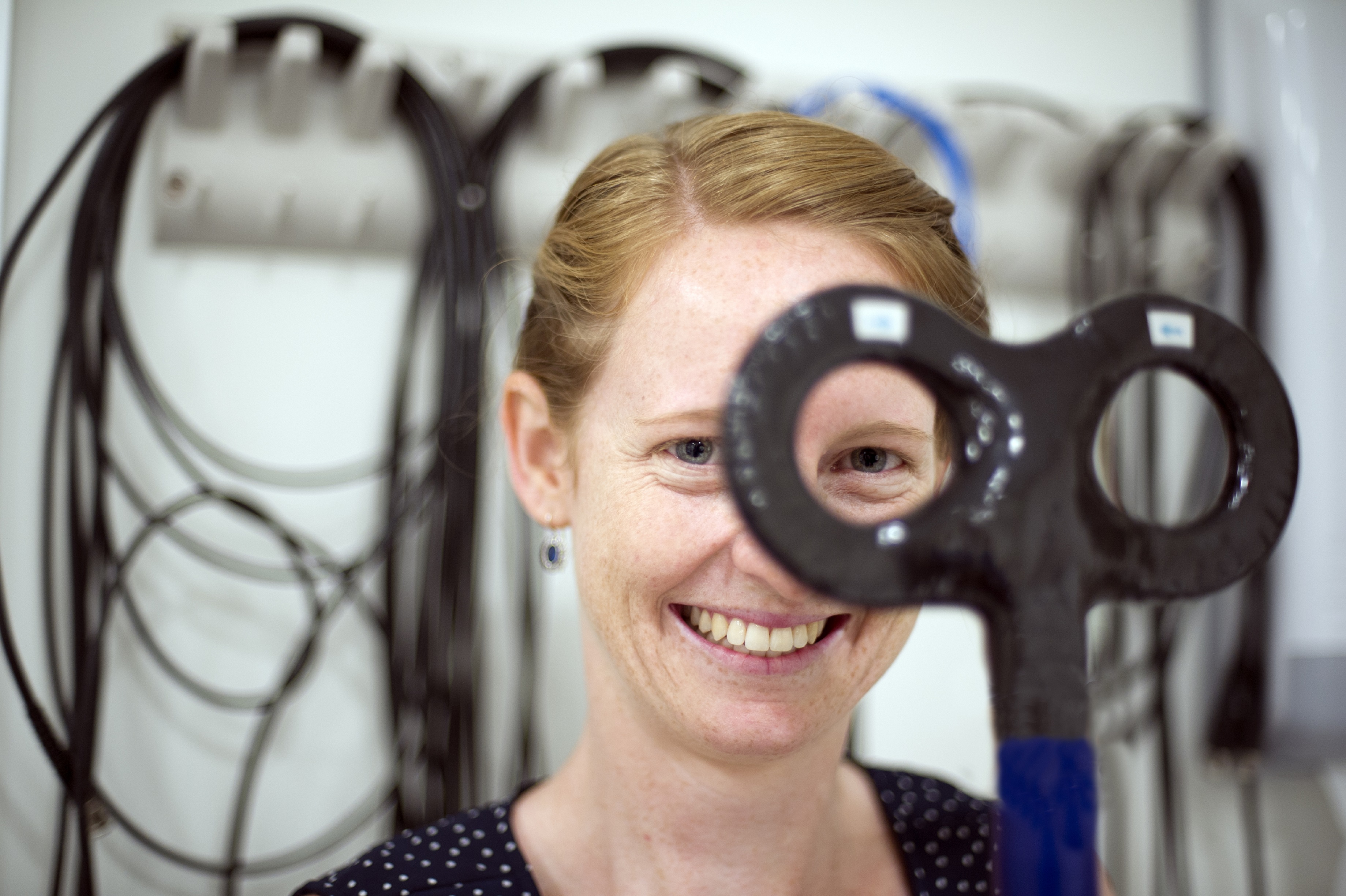Non-pharmaceutical
Non-pharmaceutical treatments are also an option for people with schizophrenia. These include electroconvulsive therapy, transcranial magnetic stimulation, acupuncture, transcranial direct current stimulation, and exercise. Click on the tabs below to access the information or browse the drop-down menu on the left.
Image: ©NeuRA.edu.au

Acupuncture
What is acupuncture for schizophrenia? Acupuncture involves the stimulation of specific acupoints by inserting needles into the skin. Laser acupuncture is essentially the same as needle acupuncture except that laser beams are used instead of needles. Electro-acupuncture uses a pair of needles attached to an electrical device that generates continuous electric pulses that pass from one needle to the other. What is the evidence for acupuncture for schizophrenia? Moderate quality evidence suggests general improvement in symptoms of schizophrenia with needle or electro-acupuncture in conjunction with or without, antipsychotic medications compared to antipsychotics alone. Low quality evidence is uncertain of the…
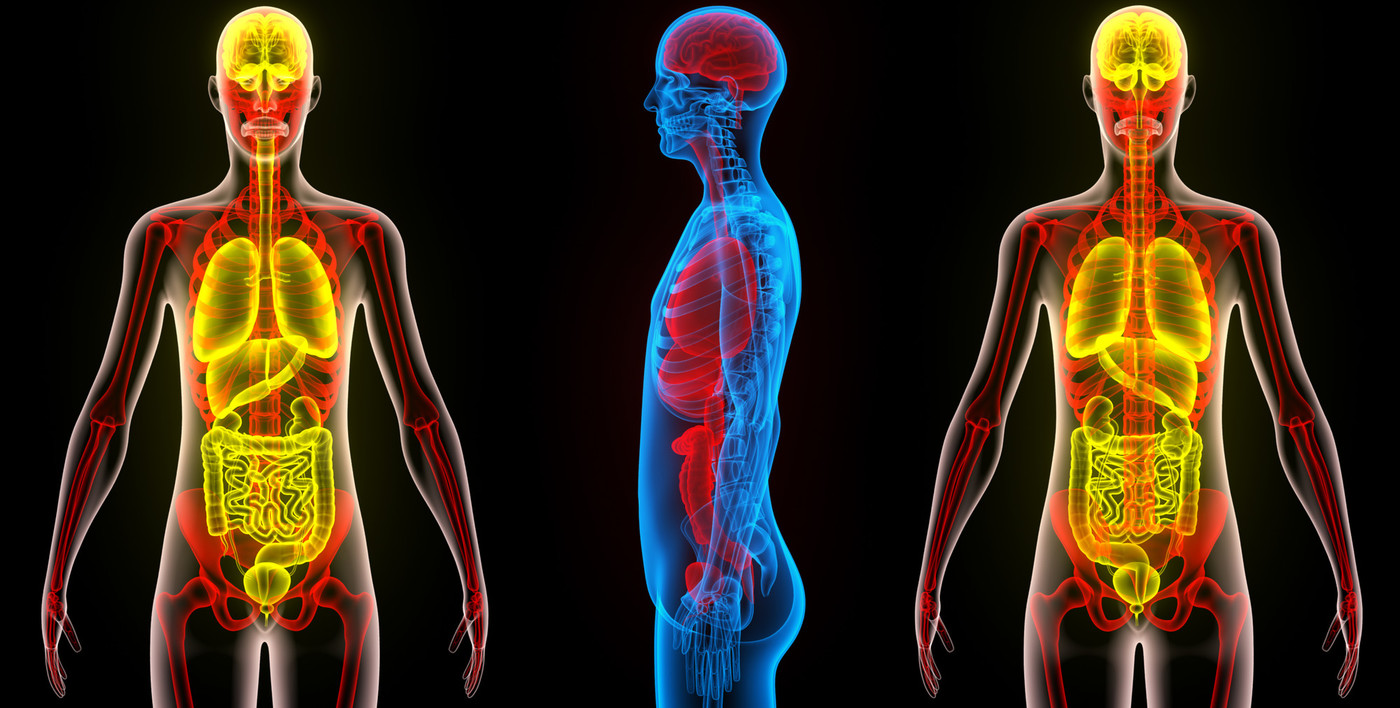
Biofeedback
What is biofeedback? Biofeedback is a technique in which information about the person’s body is fed back to the person so that they may be trained to alter the body’s conditions. Physical therapists use biofeedback to help stroke victims regain movement in paralyzed muscles. Other specialists use biofeedback to help their patients cope with pain. It is also commonly used to reduce stress and anxiety, and to encourage relaxation. What is the evidence for biofeedback? Low quality evidence from few small studies is unable to determine the benefits of biofeedback for patients with schizophrenia. More research is needed. September 2020
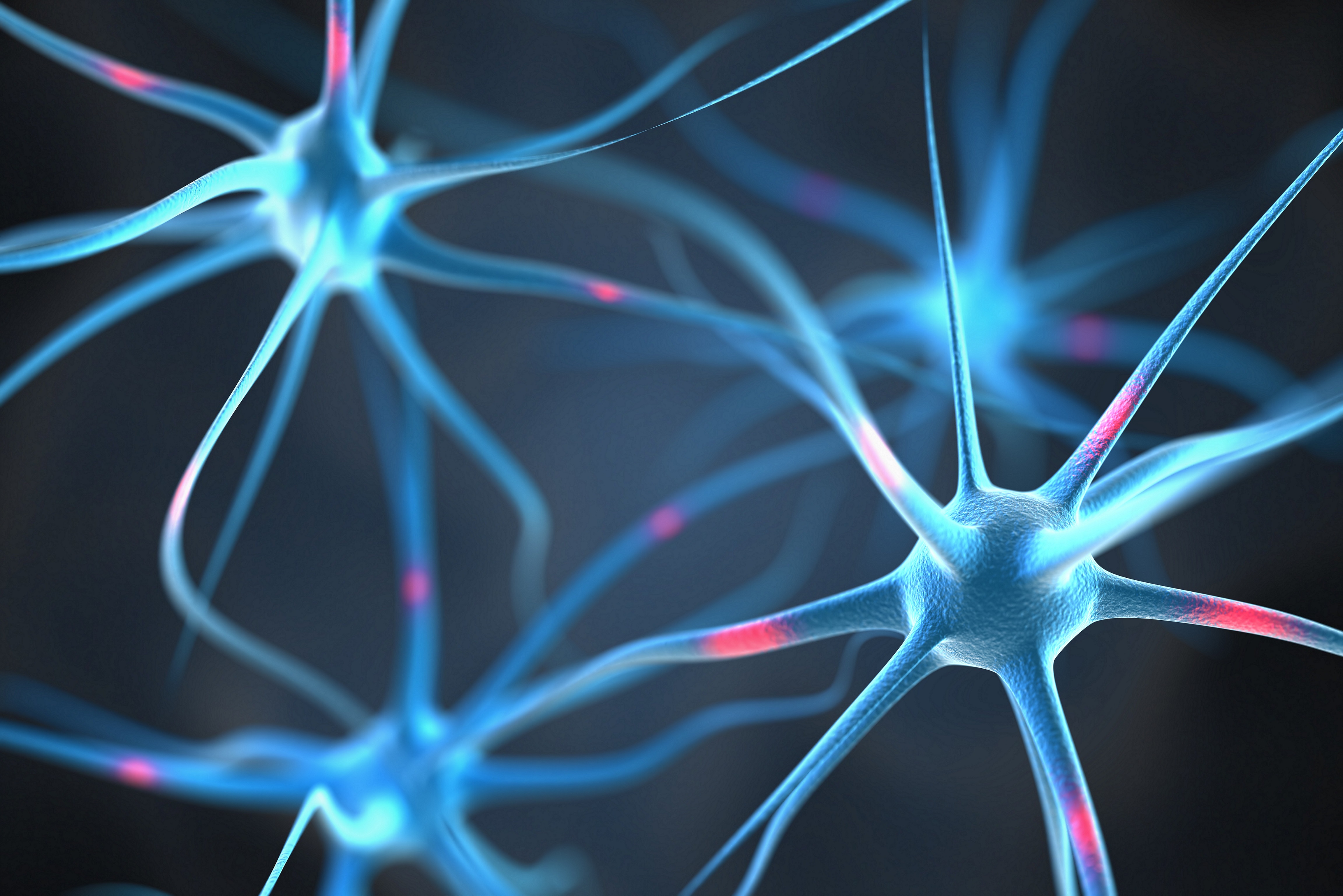
Electroconvulsive therapy
What is electroconvulsive therapy (ECT)? In ECT, a seizure is electrically induced after the patient has been given a short-acting anaesthetic and is asleep. Although viewed as controversial, ECT is a well established psychiatric treatment with good evidence to support its effective and safe use. ECT is most often used as a treatment for severe depression that has not responded adequately to other treatments as it has been shown to be more effective than antidepressant medication. It is also used as a first line treatment in depression where an urgent response is required as it works more quickly than medications….
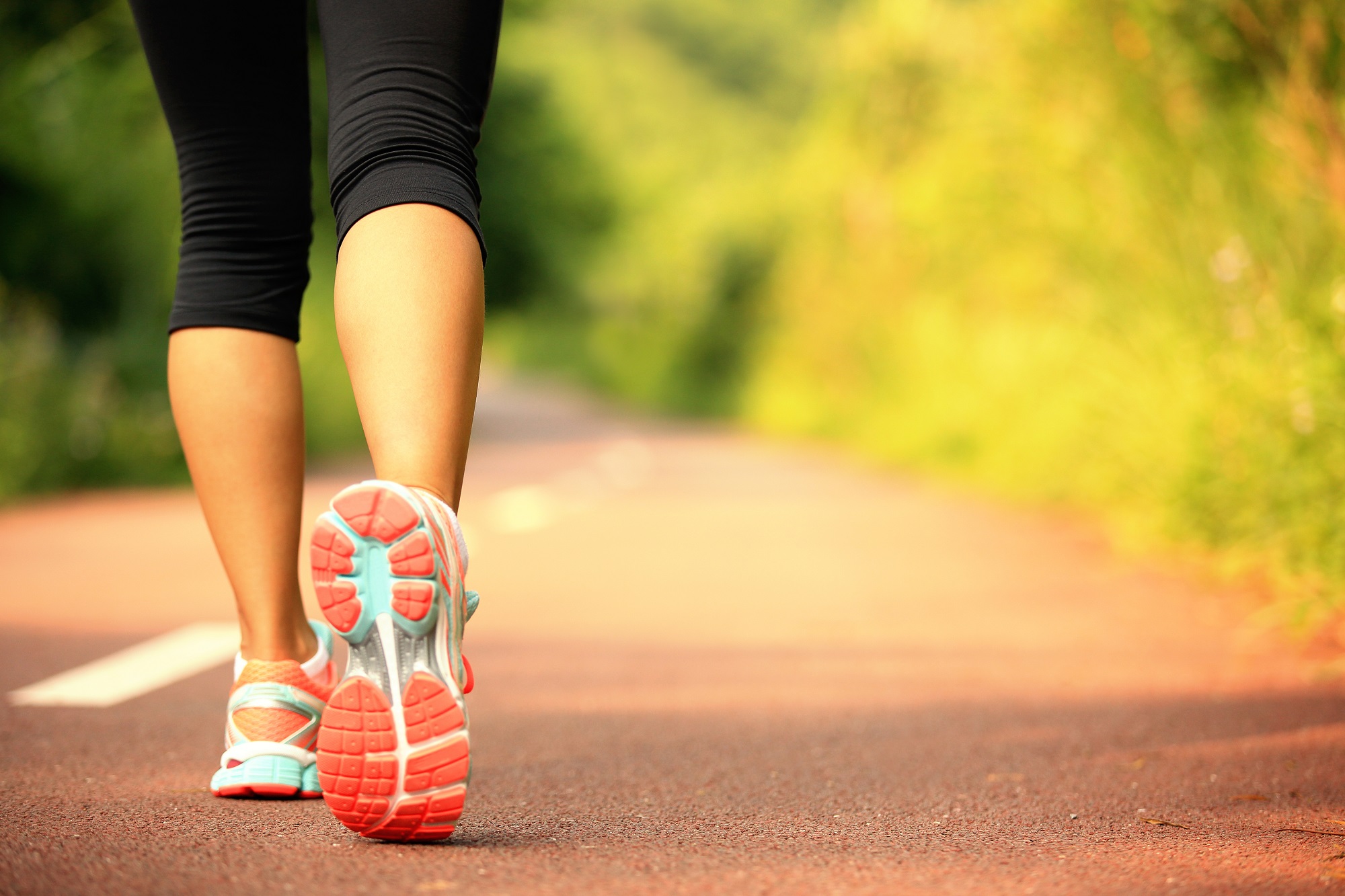
Exercise therapy
How is exercise beneficial for people with schizophrenia? Individuals with serious mental illnesses are more likely to be sedentary than the general population and are consequently at high risk for chronic medical conditions associated with inactivity. Physical activity reduces the risk of these medical conditions, and positive psychological effects have also been reported, including improved quality of life. Exercise also has the potential to alleviate secondary symptoms including depression, low self-esteem and social withdrawal. What is the evidence for exercise? Moderate quality evidence finds exercise therapy can improve symptoms, particularly negative symptoms, as well as improving quality of life and…

Transcranial direct current stimulation
What is transcranial direct current stimulation (tDCS)? tDCS is a non-invasive form of brain stimulation similar to transcranial magnetic stimulation, but instead of using magnets, it uses a low-intensity, constant current applied through scalp electrodes. Generally, anodal stimulation induces an increase of cortical excitability, whereas cathodal stimulation decreases cortical excitability, with effects that last beyond the stimulation period. Dose involves current intensity, duration of stimulation and size of electrodes. While most people with schizophrenia respond adequately to antipsychotic medication, some find it is not completely effective for all of their symptoms. tDCS is currently being investigated as an additional treatment…
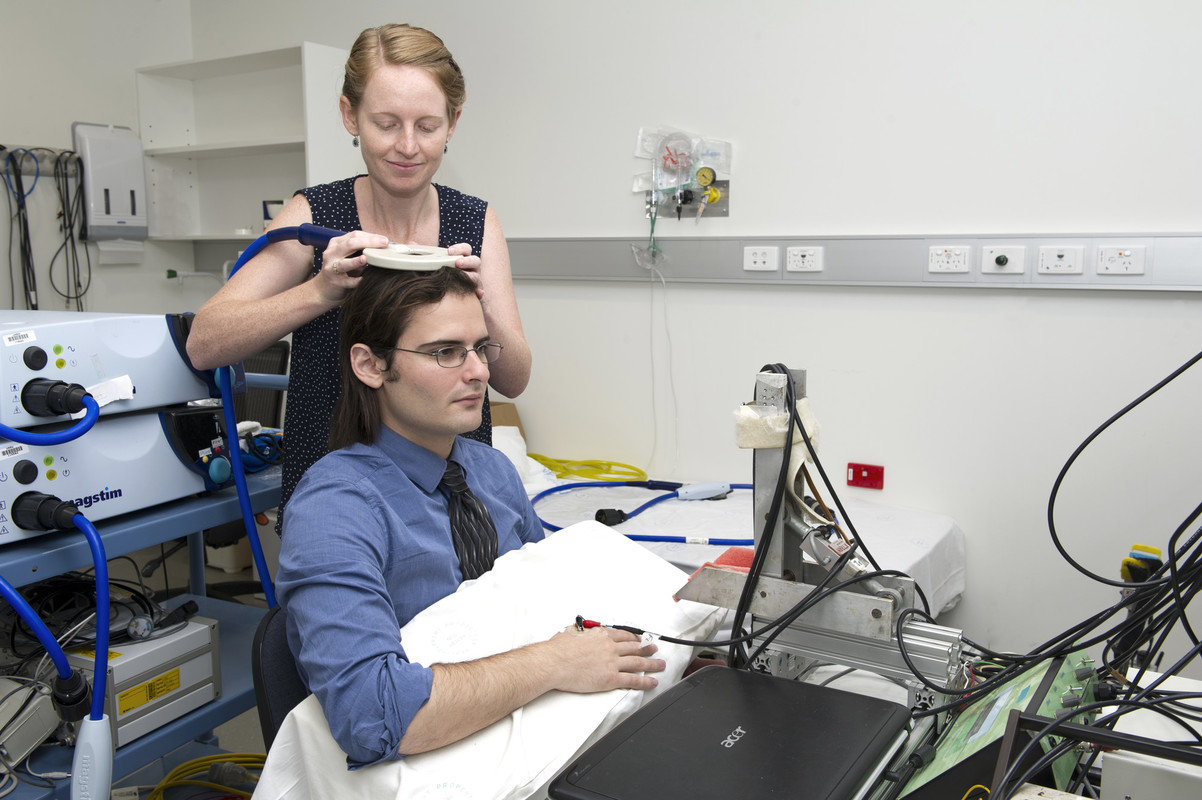
Transcranial magnetic stimulation
What is transcranial magnetic stimulation (TMS)? TMS is a procedure that uses an electromagnetic coil placed over the scalp to stimulate the nerve cells beneath it. In general, low frequency stimulation reduces nerve cell activity and high frequency stimulation increases nerve cell activity. Repetitive TMS (rTMS) has been tested as a possible treatment for schizophrenia. While most people with schizophrenia respond adequately to antipsychotic medication, some find it is not completely effective; rTMS may be of use in these circumstances. What is the evidence for rTMS? For positive symptoms, moderate to high quality evidence shows low frequency rTMS (1Hz) applied…
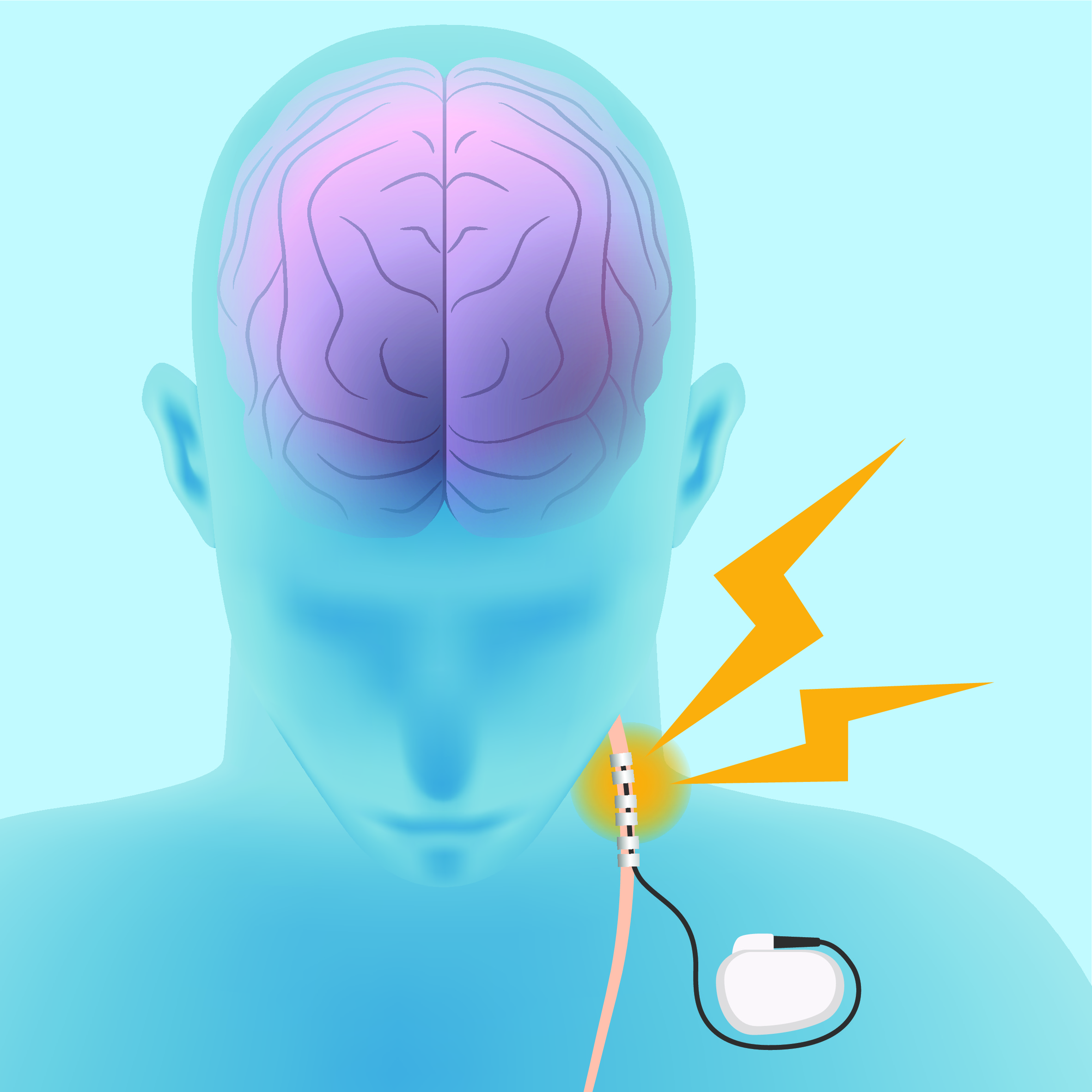
Vagus nerve stimulation
What is vagus nerve stimulation (VNS)? VNS provides indirect modulation of brain network activity through the stimulation of cranial nerves. Invasive VNS involves surgical implantation of a small pulse generator under the skin which is programmed to deliver long-lasting, intermittent electrical stimulation of the vagus nerve. Non-invasive stimulation involves attaching a stimulator to the outer ear close to the ear canal, which delivers electrical impulses through the skin to the vagus nerve. What is the evidence for VNS? Low quality evidence is unable to determine any benefit of non-invasive VNS for the symptoms of schizophrenia. Review authors state that many…
Green - Topic summary is available.
Orange - Topic summary is being compiled.
Red - Topic summary has no current systematic review available.
